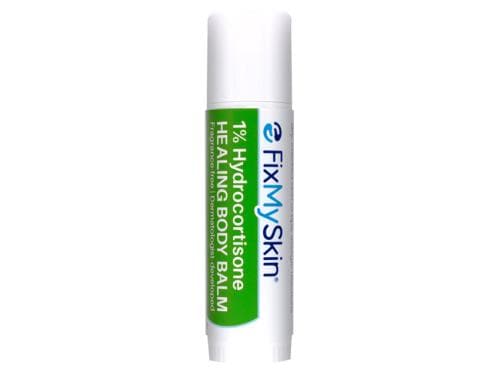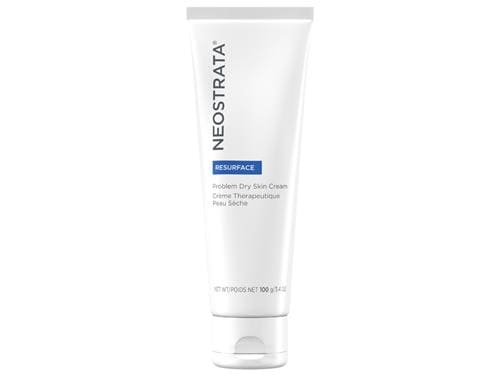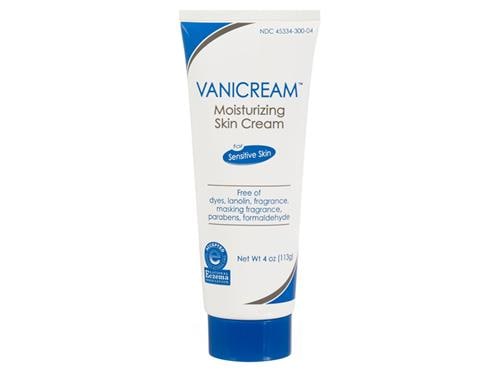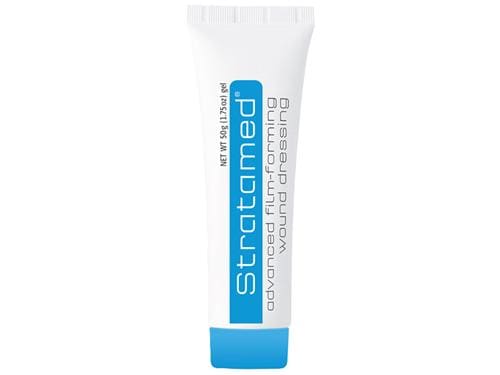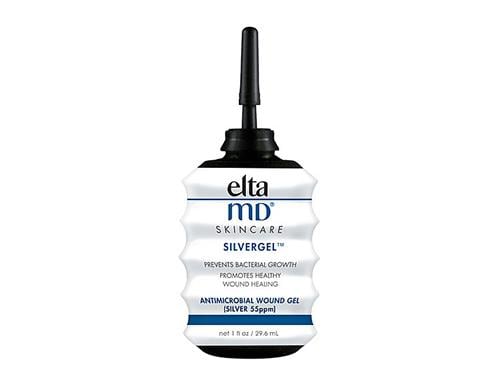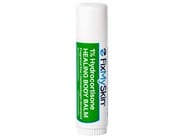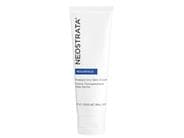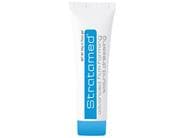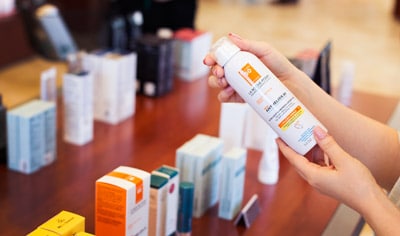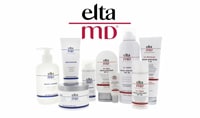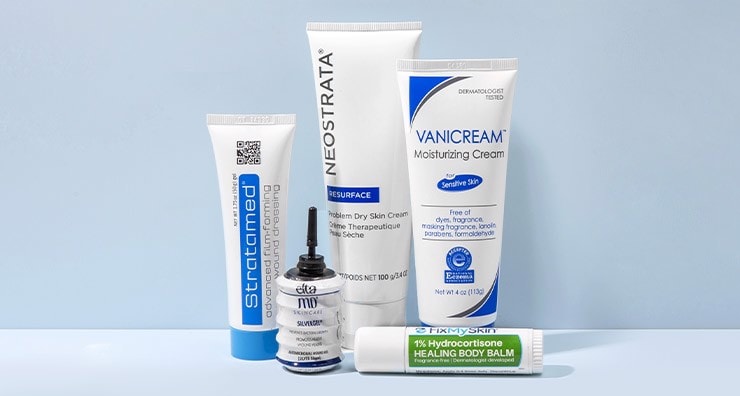
If you have a painful blister, you’re probably wondering how long do blisters take to heal and what you can do to help. Read on as we answer common questions about blisters, including:
- What is a blister and what causes them?
- How long do blisters last?
- How should I care for a blister?
- What will help a blister heal faster?
A blister could be the unfortunate result from walking too far in ill-fitting shoes or not enough sun protection. Because blisters can be painful, the first question coming to mind is likely, “How long does it take for a blister to heal?” followed closely by “Is there anything I can do to help a blister heal faster?” Read on for dermatologist-approved advice on how to care for blisters and help them heal.
What Is a Blister and What Causes Them?
A blister is a bubble filled with fluid beneath the skin. It’s your body’s reaction to a skin injury or irritation, such as friction from shoes after a long walk. Other causes of blisters include allergic reactions, eczema, skin infections or injuries such as frostbite or burns from heat or sun exposure.
How Long Do Blisters Last?
Most blisters, caused by irritation or injuries, heal on their own in a week or two. Blisters from a skin infection might need treatment from a doctor and could last for a number of weeks.
If your blister is small and not especially painful, it’s best to cover it with a bandage, leave it alone and let your skin’s natural healing process run its course. “Over time, the fluid inside the blister will reabsorb, and your skin will flatten out and return to normal on its own,” says board-certified dermatologist and LovelySkin CEO Dr. Joel Schlessinger.
If the blister is large or very painful, you can pop it by poking near the edge with a sterilized needle. Gently press with sterile gauze to drain the fluid. “But, remember, this is not the best option,” Dr. Schlessinger says. “The best option is to give your body the time it needs to heal the area underneath, if at all possible, as that will result in the best outcome and scar.”
How Should I Care for a Blister?
Dermatologists often hear questions from their patients regarding how long it takes for a blister to heal, or how to care for them. Tending to a popped blister is easy to do at home with basic first-aid supplies. Whether you popped the blister to drain it or it broke on its own, the steps for care are the same.
First, don’t pull or cut off the roof of the blister, as it can help protect the raw, sensitive skin underneath while it heals.
Next, you’ll want to keep the blister clean and covered so it can heal. Start by cleaning the area with soap and water, and carefully pat it dry. Then, apply petroleum jelly or an over-the-counter antibiotic ointment and cover it securely with a bandage.
Check your blister daily for signs of infection. If it becomes red, swollen or more painful, it’s time for a doctor to take a look.
5 Products to Help Blisters Heal
Are you looking for more ways to help your blisters and other minor skin irritations heal more quickly? Stock your medicine cabinet with these five healing helpers.
FixMySkin 1% Hydrocortisone Body Balm
This multipurpose balm is a must-have for your first-aid kit. It contains 1% hydrocortisone to mend irritated skin quickly while cocoa butter and shea butter keep skin hydrated. It comes in a convenient stick formulation that’s both mess-free and melt-resistant.
NeoStrata Resurface Problem Dry Skin Cream
If you suffer from blisters due to eczema flare-ups, find relief using this healing salve, which calms inflammation with beeswax and conditioning oils. It also contains alpha hydroxy acids—glycolic, mandelic and lactic—to exfoliate the built-up dead skin cells that lead to dry patches and calloused spots.
Vanicream Moisturizing Skin Cream
This is a superb skin cream to keep on hand in case of a severe, blistering sunburn. Its fast-absorbing moisturizing formula soothes sunburn blisters so that your skin can heal. Sensitive skin types can use it without worry, as it’s free of dye, fragrance, lanolin, botanical extracts and parabens.
Stratpharma Stratamed Advanced Film-Forming Wound Dressing
Think of this healing gel as a bandage in a tube. After applying, it dries to form a thin, clear film that bends and flexes with your skin. It is bacteriostatic, meaning it protects blisters from germs and bacteria to prevent infection during the healing process. You can also use it for other skin wounds, such as bites, burns or scratches.
EltaMD Silver Gel
This wound-care gel works wonders to speed the healing of blisters, cuts and other skin irritations. Glycerin keeps the skin moist so it can heal while silver nitrate’s natural antibacterial properties prevent infection. You can use it with or without a bandage.
Have you noticed itchy or painful bumps on your scalp? We’ll help you identify and treat the underlying cause, from psoriasis to folliculitis.
Shop this blog
Bar Soap vs. Body Wash vs. Shower Gel, W...
Benzoyl Peroxide vs. Salicylic Acid, Goo...
Follow us on social
Follow us on social networks and be one of the first to learn about sales, giveaways, and free samples

